



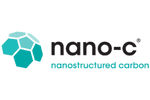







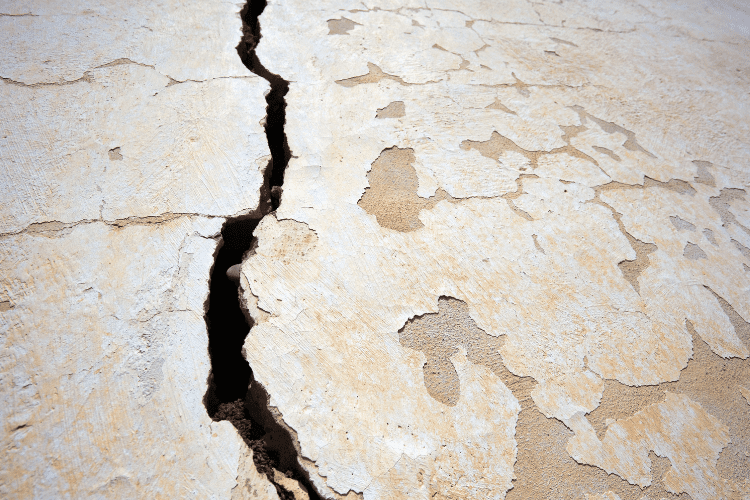
Reliable solar degradation testing through the entire life cycle
You’re developing novel materials and innovating products that improve our quality of life. Your work might be in packaging, plastics, electronics, polymers, coatings, construction or aerospace, you need to make sure the material will last.
You don’t have the luxury of spending 25 years to wait and see.
You need accelerated weathering and photodegradation tests that accurately represent the environmental degradation your material will experience in the real world. You also need to explore how chemical degradation is very specific to the environmental conditions that will affect the outcomes of your testing. The commonality that binds these three types of testing is accurate and consistent light.
Your ideas are shaping the world. Your testing equipment shouldn’t limit it.
Our class AAA LED solar simulators allow you to go for the next great idea without worrying about its testing limits. Built for >10,000+ hours compared to 1,000 hours for typical xenon and metal halide, designed to be flexible by swapping between AM0 and AM1.5 (and potentially more upon request) with a click of a button, and created to be low maintenance, requiring no calibration and minimal warm-up times.
Whether you’re working on lab tests or final large-scale product validation, our lights will guide your testing with real-world light simulation.
Featured Innovations
Flexible Technology For Your Materials and Weathering Applications
You’re breaking down materials to rebuild the future. Your solar simulator shouldn’t be slowing your process down.
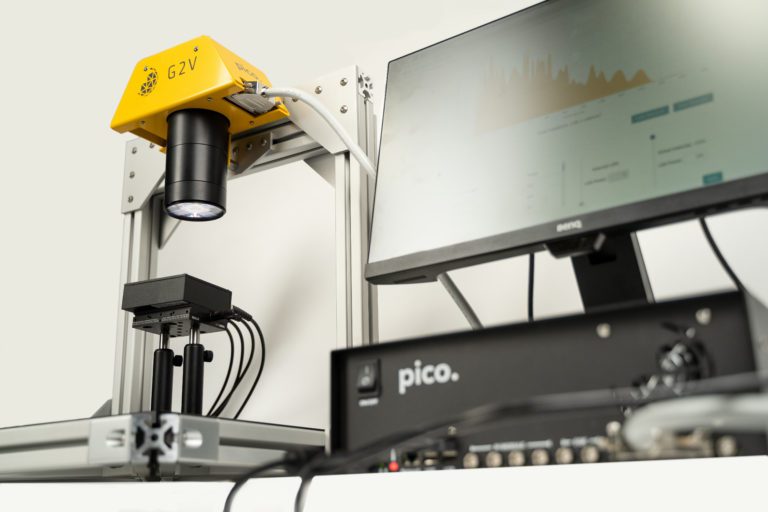
Pico™ Solar Simulator for Weathering and Material Testing
You want to test photodegradation in concert with humidity, temperature and other effects. You need a solar simulator that can integrate well with your weather chambers, glove boxes, and other experimental setups without sacrificing quality. The Pico class AAA solar simulator will give you the exceptional sunlight you need in a form factor that will blend with your existing spaces.
- Up to 32 tunable channels for maximum control
- 10,000 hours and a 2-year warranty allowing you to test with confidence
- No physical filters, bulb replacements, or calibrations required
- Connect to LAN or Wi-Fi networks and control it from the comfort of a web browser
- One-Click Sun (beta) optional module replicates the solar irradiance of any place on Earth at any time of day
Put small-area Class AAA solar simulation in your testing lab
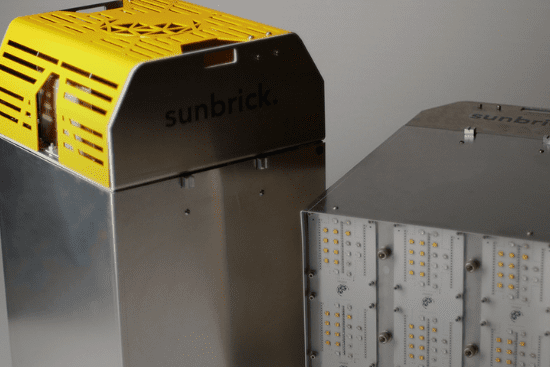
Sunbrick™ Solar Simulator for Weathering and Material Testing
When you are required to scale your materials testing without sacrificing quality, you need a solution to be with you every step of the way. You need the Sunbrick large-area solar simulator. The Sunbrick has multiple spectra, incredible tunality, and a tileable design that can illuminate to any size required without losing Class AAA quality, regardless of your material's developmental stage.
- Up to 36 tunable channels at your command
- >10,000 hours or 2-year warranty
- Switch between AM0, AM1.5 and optionally up to AM40 by request with the click of a button
- Tileable design frees the constraint on testing size with Class AAA standard
- No physical filters, no bulb replacements, and no manual calibrations
A solar simulator to weather any material to your testing lab
Featured Innovation
The Sunbrick™ Large-Area Solar Simulator
Better testing illuminates the future with accurate predictions.
You want to test reliable long-term tests to develop accurate predictions on how light will affect your product’s degradation. You require a solution to simulate sunlight analogous to the real-world conditions your materials will be exposed to.
Our Class AAA large-area Sunbrick was designed to never sacrifice scale testing for quality
The Sunbrick: Built for weathering and materials testing
- Up to 36 software-tunable spectral channels
- >10,000 hours or 2-year warranty
- No physical filters, no bulb replacements, and no manual calibrations
- Tileable design to scale to any size
- Python API and Labview DLL integration
Simulate real-world testing without worrying about scale.

Terrestrial to extraterrestrial testing with one device
Materials testing on Earth is mandatory for most solutions. What happens when the product you are testing must leave our planet? Do you buy another device just for that one product? You could, or you could look for a solution that can switch between the two if the need ever arises.
All of G2V’s solar simulators come with the ability to simulate AM0, AM1.5, and with special requests up to AM40. Sometimes your research still requires a highly customized solution. We have built a 4-Sun LED solar simulator for one such time. The researchers using this custom solution required high-intensity accelerated testing to go from .1 to 4 suns.
Explore how G2V can assist you with your weathering and materials testing for on and off-planet applications:
You have specific needs. We can create the solution.
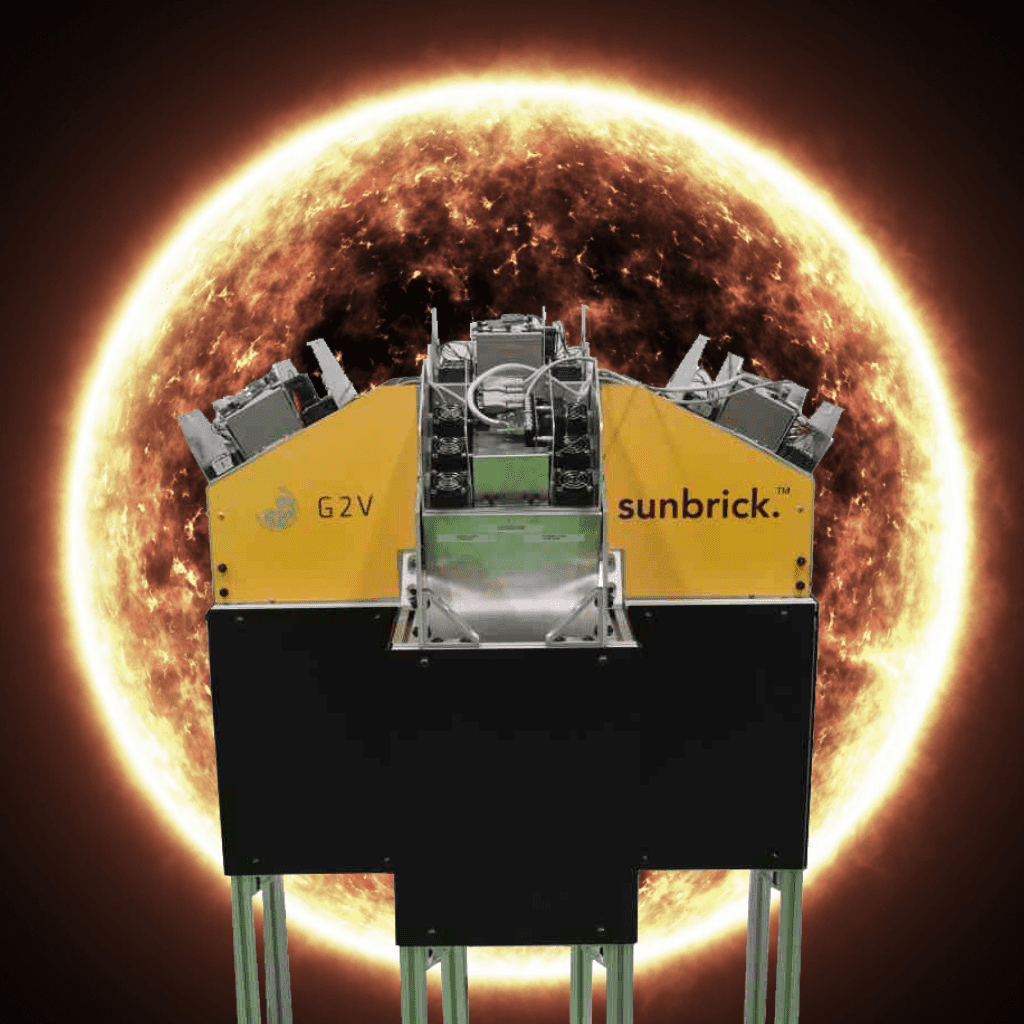
How the Pico Enabled Glove Box Light Testing
Problem: A researcher needed to evaluate light-induced surface modifications of inorganic materials deposited on a substrate. These materials were sensitive to oxidation, they needed to be manipulated and tested in an inert atmosphere alongside other tools and equipment.
Innovation: G2V provided them with the Pico class AAA LED solar simulator. This small-area solution features a compact design suitable for placement and can work inside a glove box or fume hood environment.
Outcome: The researcher was able to add solar load testing to their complement of material assessment tools. The Pico’s network control functions and Python integration allowed them to configure the light output remotely for specific periods of irradiation, reducing the need to continuously manipulate their samples inside the controlled environment chamber. Thus, they could characterize their delicate materials without significantly impacting their existing lab and testing setup.
G2V's FAQs
No – our solar simulators are designed for indoor use only. However, their tunability means they can produce any outdoor spectrum under laboratory conditions.
While a single Sunbrick’s total illumination covers 25 cm x 25 cm, we guarantee a Class A spatially uniform area in the central 20 cm x 20 cm square. For arrays, the Class A area will be dependent on the array size, and scales along with the array. If you require a larger class A area, please get in contact, and we can discuss some options for meeting your needs.
Not currently. UVC (UV-C or Ultraviolet-C) radiation refers to wavelengths between 100 nm and 285 nm. While producing these wavelengths using LED technology is possible, it is currently inefficient and under ongoing research, making it cost-prohibitive to currently do this type of testing with LEDs. However, G2V continually monitors LED material developments and is very interested in designing a solar simulator with this capability once it becomes more commercially viable, so stay in touch if this is of interest to you in the future.
Knowledge Base
Your Questions. Our Expertise.
With weather and materials testing, you operate in various scientific spaces. We believe you should have access to information at your fingertips. Our knowledge section covers everything from solar simulator knowledge, Why Solar simulators show less than 1000W/m2, angle of emission, and much more.
IEC 60904-9:2020 Standard for Solar Simulators
In our modern era, nearly every industry has standards that set baselines for ensuring its associated products are safe and suitable to perform intended tasks. Solar simulation – reproducing sunlight – is no different, having standards that specify the requirements for solar simulators, and...
Solar Simulation
Your Expertise Is Weathering Your Materials. Ours Is Solar Simulation.
Direct light. Indirect light. Full spectrum exposure. Lightfastness. Resistance to corrosion. Environmental sustainability. Regardless of the end goals of your photodegradation testing, we want to give you a robust solution that’s far more reliable than outdoor testing, and far less expensive than having to ship and test your device in climates around the world.
We’ve only hinted at the many ways our solar simulators can support the detailed rigorous testing you need.
We’d love to get in touch to discuss the details.
